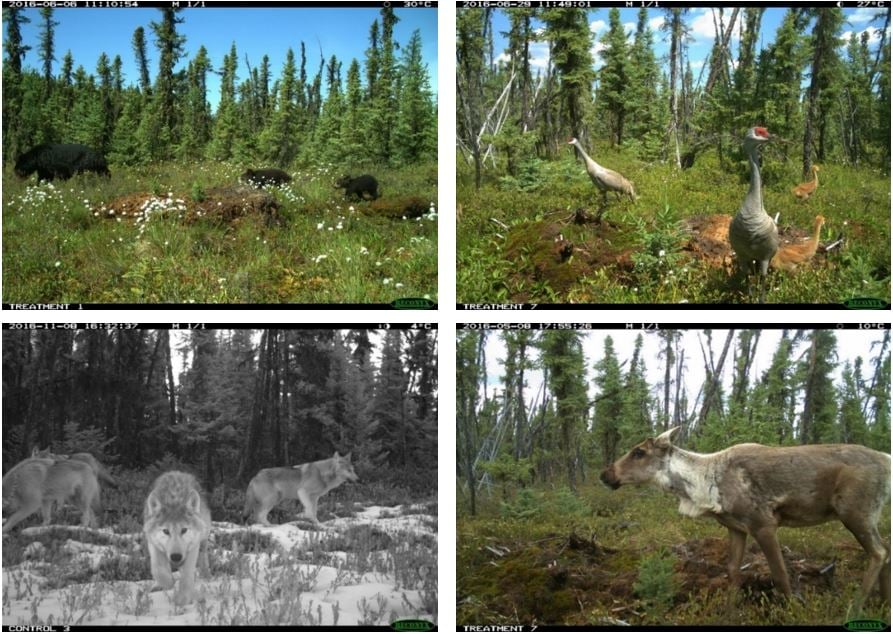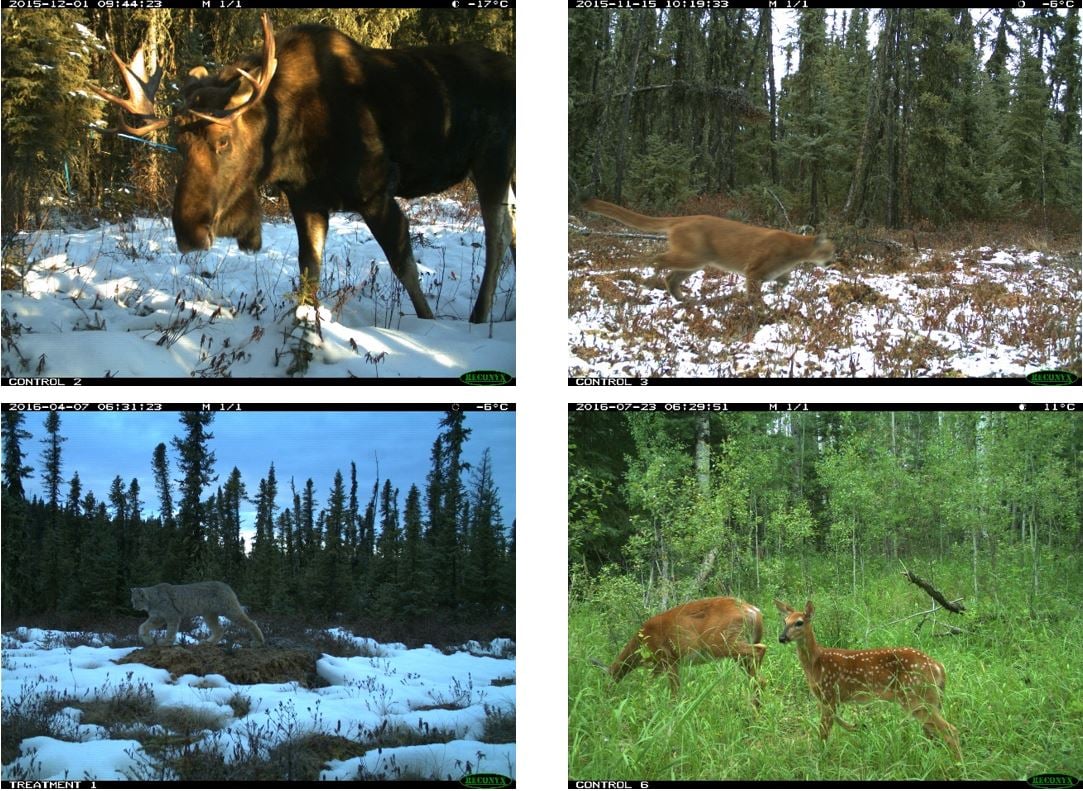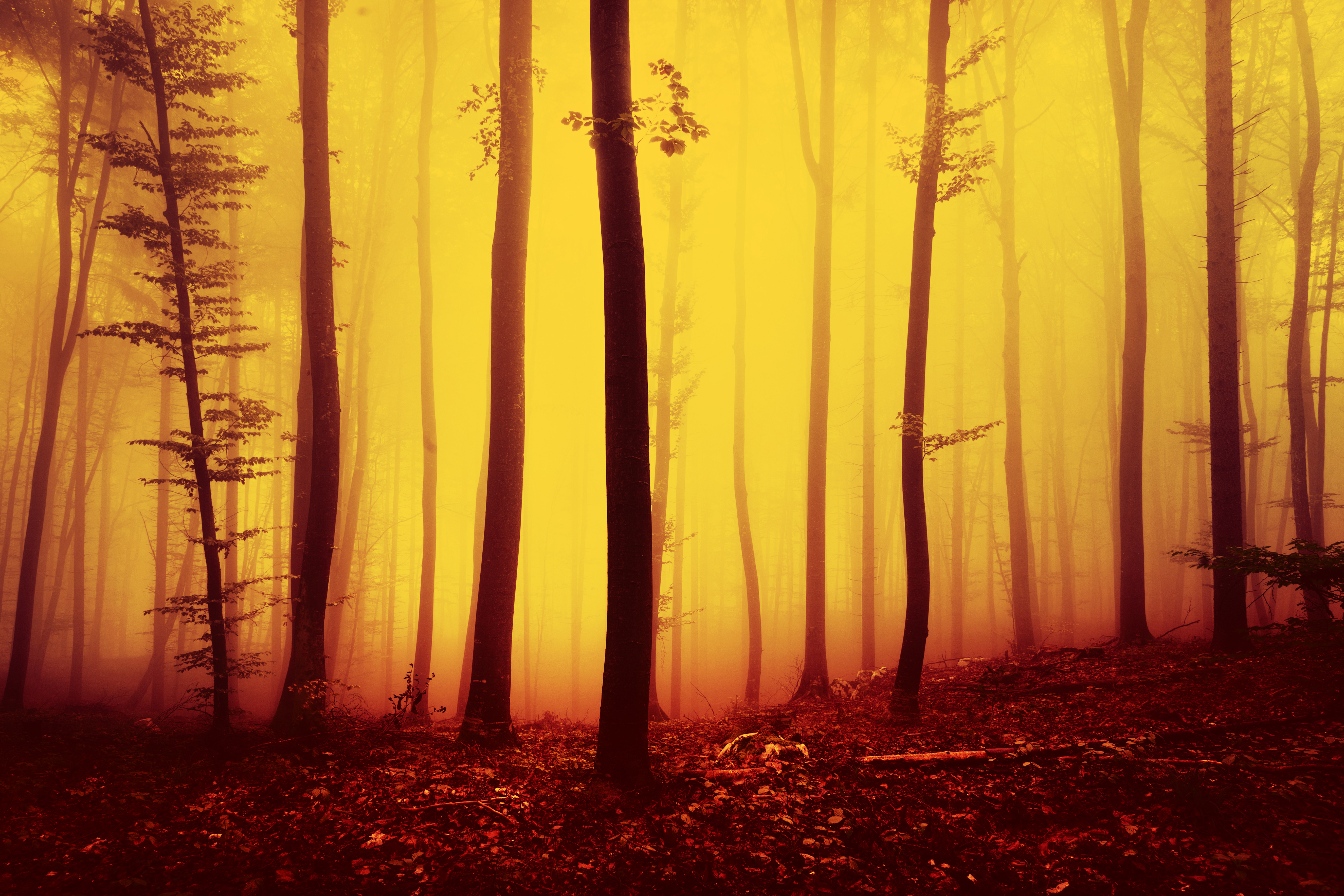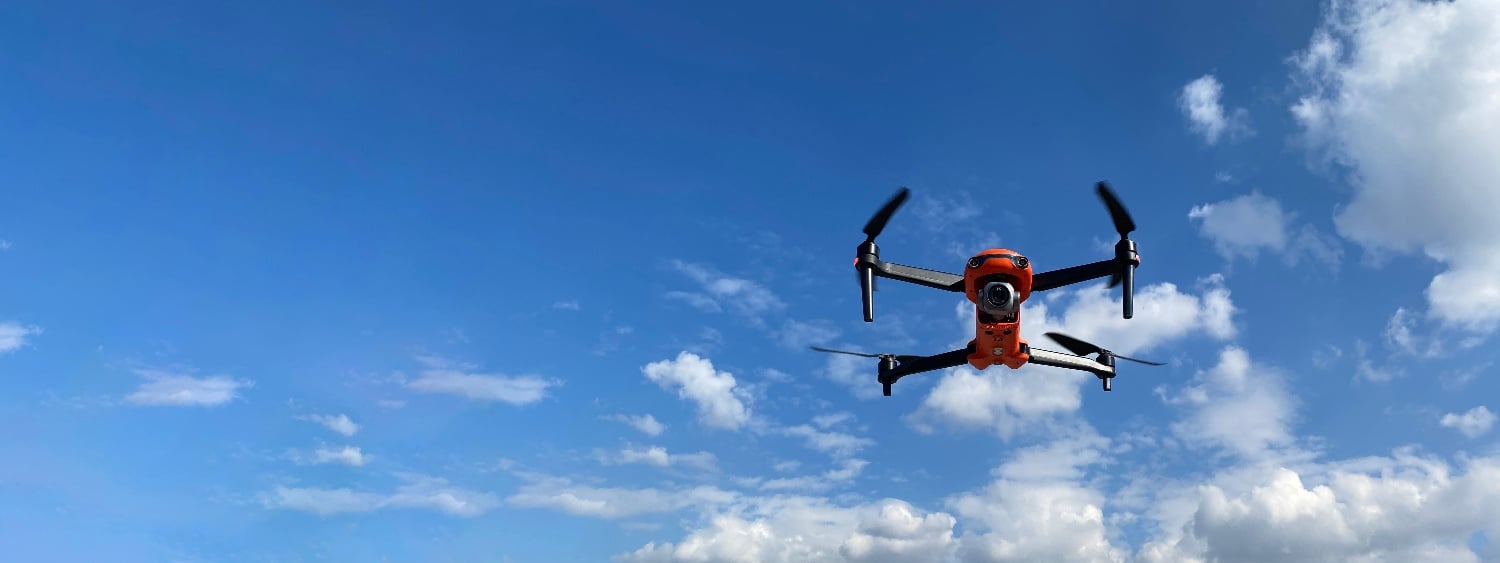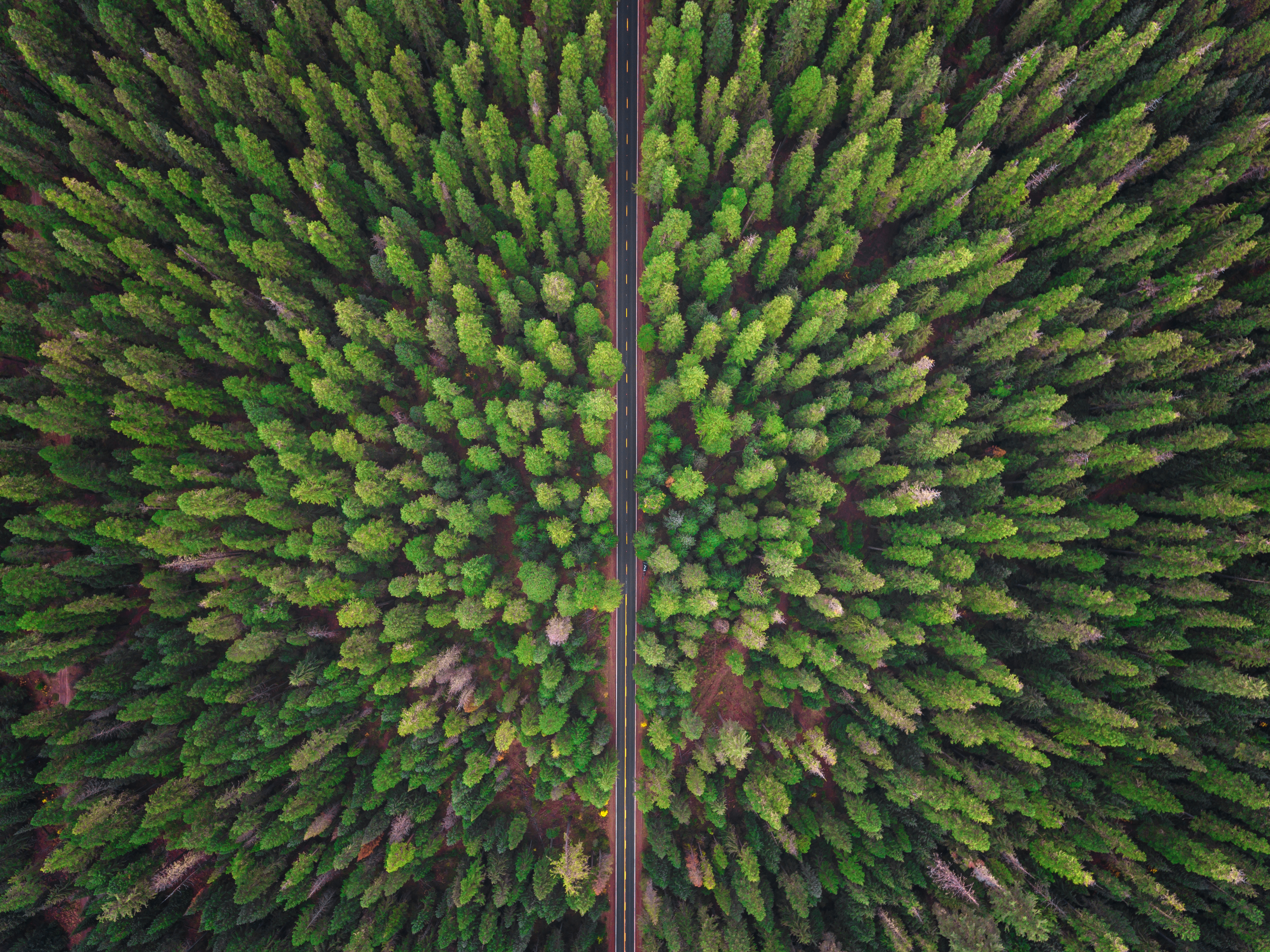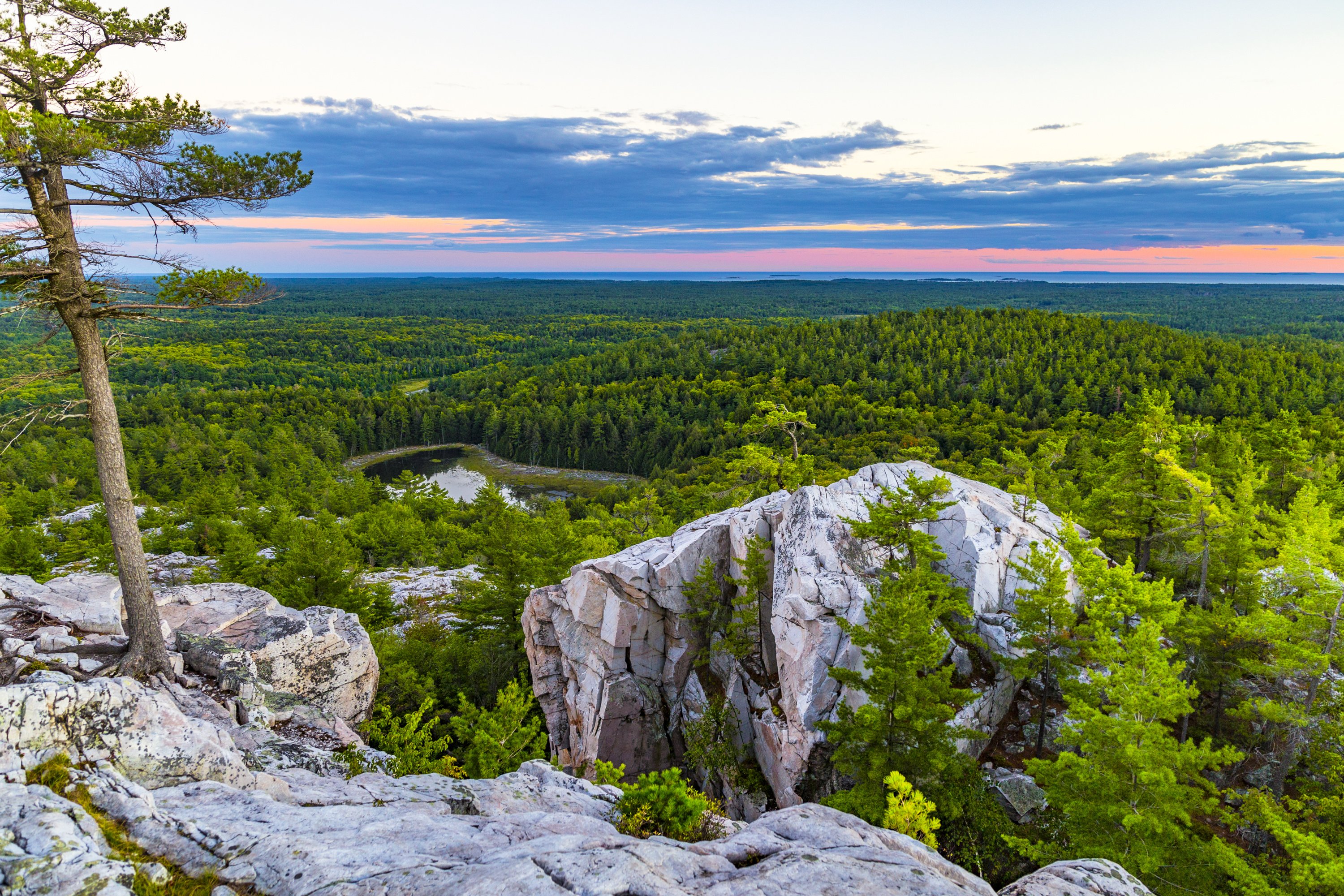In recent years, there have been ongoing improvements in resource exploration techniques that have allowed for faster recovery of the impacted forest.
However, legacy conventional seismic lines have often been slow to re-vegetate on their own, especially in lowland conditions. Some of these legacy seismic lines have remained on the land base for well over 30 years, creating corridors that result in increased caribou predation.
The Algar Restoration Pilot Project was a COSIA-funded initiative that aimed to restore caribou habitat in northeastern Alberta through restoration and tree planting. For six years, we carried out annual scientific monitoring programs on the Algar Project that included fixed vegetation plots, coarse woody material surveys (i.e. fallen trees and branches), and line of sight photos that are re-measured year after year. The information gathered from these programs allows us to refine and improve future linear restoration projects as well as ensure current project objectives are being met.
In addition to the monitoring programs, a wildlife monitoring program was initiated by Cole Burton and his team at InnoTech Alberta. One of the Algar Wildlife Monitoring Project goals focuses on determining the extent to which restoration treatments reduce the use of seismic lines by caribou predators. More detailed information on the project, can be found here. A few of the species captured on camera include woodland caribou, deer, moose, fox, wolf, cougar, Canadian lynx, black bear, coyote, marten, and sandhill crane.
Some of our observations in the field regarding minor changes in tree and shrub counts have been explained from looking at the wildlife images provided by Cole and his team. It appears that some species such as moose are significantly browsing and trampling some of the regenerating vegetation as they travel through.
Similarly, our on the ground observation of changes in the amount of coarse woody material present on restored lines from year to year can be explained by the wildlife movement and browsing captured in trail camera video footage. After discussions with the wildlife specialists at InnoTech Alberta, we suspect this debris is being moved around by the larger animals traveling on the lines, especially bears.
As part of the Algar Wildlife Monitoring Project, Cole and his team created a one-year time-lapse video of a single treatment area. This video not only captured some great wildlife footage, it also highlighted some pretty impressive growth rates of planted black spruce seedlings from one season to the next. The images below were taken in the late fall (left image) and then again one year later (right image).
Although it is still early to make conclusions on how effective the treatment methods used in the Algar Restoration Pilot Project were at reducing caribou predator movement, the information gathered so far has provided some additional insights into the vegetation monitoring results to-date. Going forward, linking the results from both programs will help solidify the most successful linear restoration treatments which will help all future projects effectively achieve project goals.
Watch Cole’s time-lapse video:
Photo credits: Cole Burton

